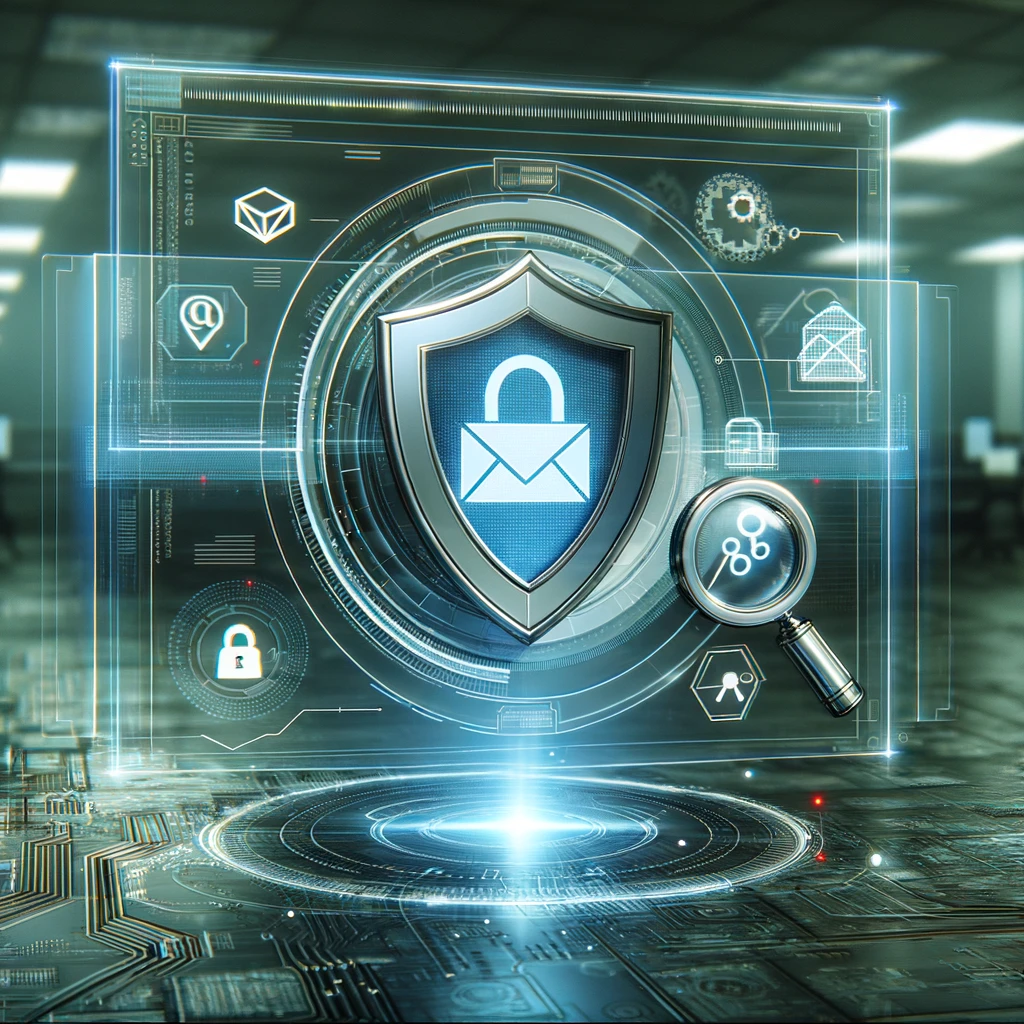In today’s rapidly evolving digital landscape, the importance of robust cybersecurity measures cannot be overstated, particularly for those utilizing fiber-optic connections. Although fiber connections offer significant benefits over traditional copper or coaxial cables, such as higher bandwidth and faster speeds, they also present unique cybersecurity challenges. One of the most critical concerns is the enhanced capability for data theft at higher speeds facilitated by fiber’s superior upload capabilities.
The High-Speed Advantage of Fiber
Fiber-optic technology transmits data as pulses of light through strands of fiber made of glass or plastic, a significant leap over the electrical signaling used in coaxial and copper cables. This method not only minimizes the signal degradation over long distances but also dramatically increases the capacity and speed of data transmission. For users, this means quicker upload speeds and more reliable connections, which are particularly beneficial for data-intensive applications like video conferencing, online gaming, cloud-based services, and more.
However, these benefits also amplify potential cybersecurity risks. The faster data transfer rate means that, in the event of a breach, malicious actors can exfiltrate sensitive data much more quickly than they could with slower connections.
Increased Risk with Faster Upload Speeds
With high-speed fiber connections, the rate at which data can be uploaded is significantly accelerated. This is particularly concerning because many cybersecurity frameworks are more focused on downloading protections, often underestimating the risks associated with data leaving the network. When attackers gain access to a network with a high-speed fiber connection, they can potentially upload malicious software or exfiltrate data at speeds that may not be adequately monitored or controlled by traditional security measures.
Challenges in Monitoring High-Speed Traffic
The very nature of high-speed data transmission makes it challenging for cybersecurity tools and personnel to effectively monitor outgoing traffic. Traditional security systems are often not equipped to handle the volume and speed of data flowing through fiber-optic networks, which can lead to delays in detecting and responding to unauthorized access or data breaches.
Moreover, the high bandwidth capabilities of fiber connections can be exploited by cyber attackers to conduct more severe Denial of Service (DoS) or Distributed Denial of Service (DDoS) attacks. These attacks, if successful, can cripple networks, rendering them unavailable to users and potentially leading to significant financial and reputational damage.
Strengthening Cyber Defenses for Fiber Networks
To mitigate the risks associated with fiber-optic connections, organizations must adopt a layered security approach that includes both preventative and detective measures:
- Enhanced Monitoring: Implement advanced network monitoring tools that are capable of handling high bandwidth and can analyze data packets in real-time to detect anomalies.
- Robust Encryption: Utilize strong encryption protocols for data in transit to ensure that even if data is intercepted, it remains unreadable to unauthorized parties.
- Regular Audits and Updates: Continuously assess and update cybersecurity policies and tools to address new vulnerabilities and ensure they are capable of defending against evolving cyber threats.
- Educating Users: Train employees on the importance of cybersecurity, focusing on secure practices such as identifying phishing attempts and proper handling of sensitive information.
- Incident Response Planning: Develop and regularly update an incident response plan to ensure quick and effective action in the event of a data breach.
While fiber-optic networks provide substantial benefits in terms of speed and reliability, these advantages also bring increased cybersecurity risks, especially through faster potential data exfiltration. To protect against these heightened risks, it is crucial for organizations and individuals to implement comprehensive, dynamic cybersecurity strategies tailored to the unique characteristics of fiber connections. By doing so, they can leverage the full potential of their fiber-optic infrastructure while safeguarding against the evolving landscape of cyber threats.

Penetra Cybersecurity is at the forefront of defending the digital frontier, providing cutting-edge solutions to protect businesses and organizations from the ever-evolving threats of the cyber world. Established with a mission to create a safer internet for everyone, Penetra leverages a blend of advanced technology, expert knowledge, and proactive strategies to stay ahead of cybercriminals.
Ready to take the next step towards a more secure future? Schedule a consultation with us today and discover how we can help protect what matters most to you. Don’t wait until it’s too late—with Penetra Cybersecurity, your business isn’t just secure; it’s imPenetrable.




